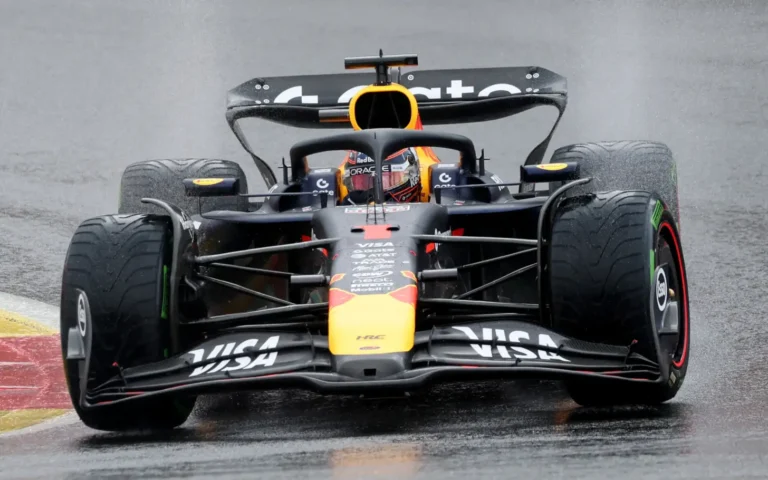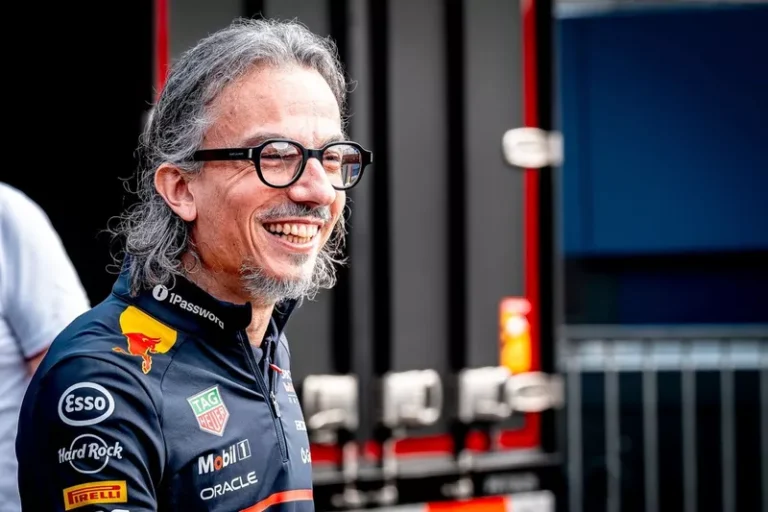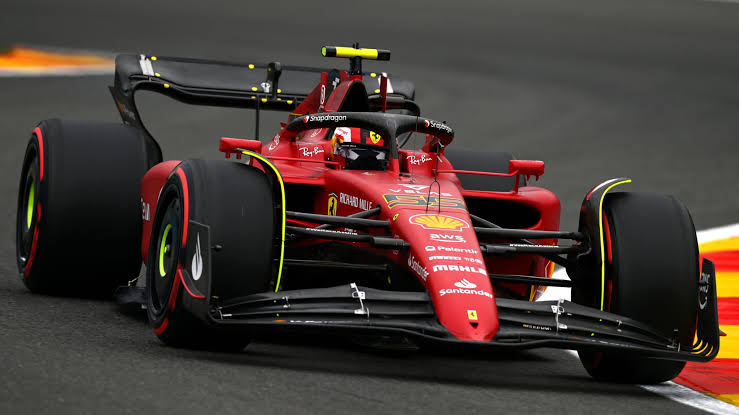
In response to a string of serious hand and wrist injuries among Formula E drivers, the FIA has taken significant steps to enhance driver safety. The most notable development is a specially designed film released by the governing body, detailing its intensive investigation and engineering process that led to a critical safety innovation. This effort was prompted by injuries sustained by drivers Robin Frijns and Sam Bird in recent seasons, highlighting a recurring and dangerous issue during front-end collisions.
The key breakthrough was the introduction of a steering damper, developed to reduce the violent forces drivers experience through the steering wheel in a crash. Prior to this, impacts to the front of the car would cause the steering wheel to spin rapidly—up to 10 times faster than normal—leading to broken bones and missed races. The damper acts as a shock absorber, significantly cutting down on the rotational speed of the wheel during such crashes.
To complement this new hardware, additional changes were made to both the design of the steering wheel and the cockpit layout, such as increasing foam padding. However, experts agree the damper is the most effective safeguard introduced so far. According to the FIA, it reduces the peak forces involved in a crash by as much as 40 percent, which could make a crucial difference in preventing serious injuries.
This development was no quick fix. It required extensive simulation and engineering, led by top FIA officials including safety director Nuno Costa, technical and safety officer Xavier Mestelan Pinon, and Formula E’s medical delegate Bruno Franceschini. Their coordinated efforts ensured the new device was thoroughly tested and validated before implementation.
Frijns, who suffered a severe hand fracture during Season 9 and was sidelined for four rounds, praised the innovation. He explained that during his crash, he had no time to react before the wheel wrenched itself from his hands. Now, with the damper installed, the violent motion is mitigated, dramatically improving safety. He commended the FIA’s commitment, noting that this new tool is a major leap forward in protecting drivers from similar trauma.




